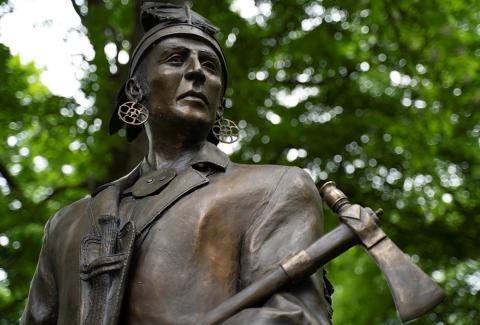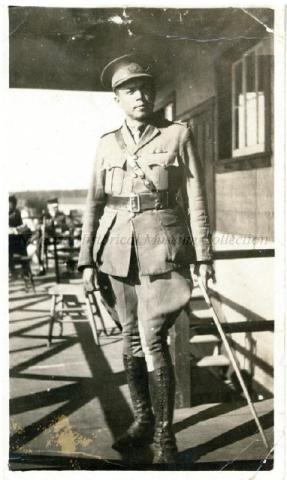Niagara-on-the-Lake offers many enjoyable initiatives and events catering to residents, families, and visitors alike. Learn about upcoming events below and ensure you're part of the excitement because community spirit is always alive in our town. Don't forget to check out information on how you can contribute to community projects and help support the ongoing initiatives that make our town thrive. See the "Donate" section below for details.
Happening Now
Lord Mayor Zalepa's Open Office Hours Event
Lord Mayor Zalepa invites residents to attend an Open Office Hours drop-in event on Thursday, December 11, 2025, from 9:00 a.m. to 12:00 p.m. During this informal, open-house-style morning, residents are welcome to come into Council Chambers (1593 Four Mile Creek Road, Virgil) to talk with Lord Mayor Zalepa, share their ideas, ask questions, and discuss matters important to them.
Coffee and light refreshments will be available throughout the morning. Residents who would like to attend are encouraged to RSVP by emailing communications@notl.com by Monday, December 8, 2025. RSVP is not required.
Niagara-on-the-Lake Tractor Parade
The annual Tractor Parade, a beloved holiday tradition, will light up the streets of Niagara-on-the-Lake on Thursday, December 11, 2025. The parade will begin and end at the Meridian Credit Union and Centennial Arenas (1565 Four Mile Creek Road, Virgil), running from 6:00 p.m. to approximately 8:00 p.m.
Christmas Parade
The Christmas Parade is scheduled for Saturday, December 13, beginning at 11:00 a.m. The parade will start at the intersection of King and Centre Street in Old Town and travel throughout its traditional route down Castlereagh, Wellington, Byron/Prideaux, Simcoe, and Queen Streets.
Supporting the Parade
We greatly appreciate any commercial or private donations to support the parade. Donations can be made by sending payments to the Christmas Parade Committee at:
- Christmas Parade Committee, PO Box 100, Virgil, ON, L0S 1T0
- Alternatively, donations can be dropped off at the Town’s Administration Building located at 1593 Four Mile Creek Road, Virgil.
Learn more about parade entry, route, parking, buttons and more
Queen-Picton Heritage Conservation District Study
Donations
When making a donation, tax receipts will be issued for donations above $25. Donations can be made online using the button below or in person at the Town Administration Building (1593 Four Mile Creek Road, Virgil) via cash, debit or cheque (payable to the Town of Niagara-on-the-Lake).
To donate to any of the following initiatives, please click the button below.








